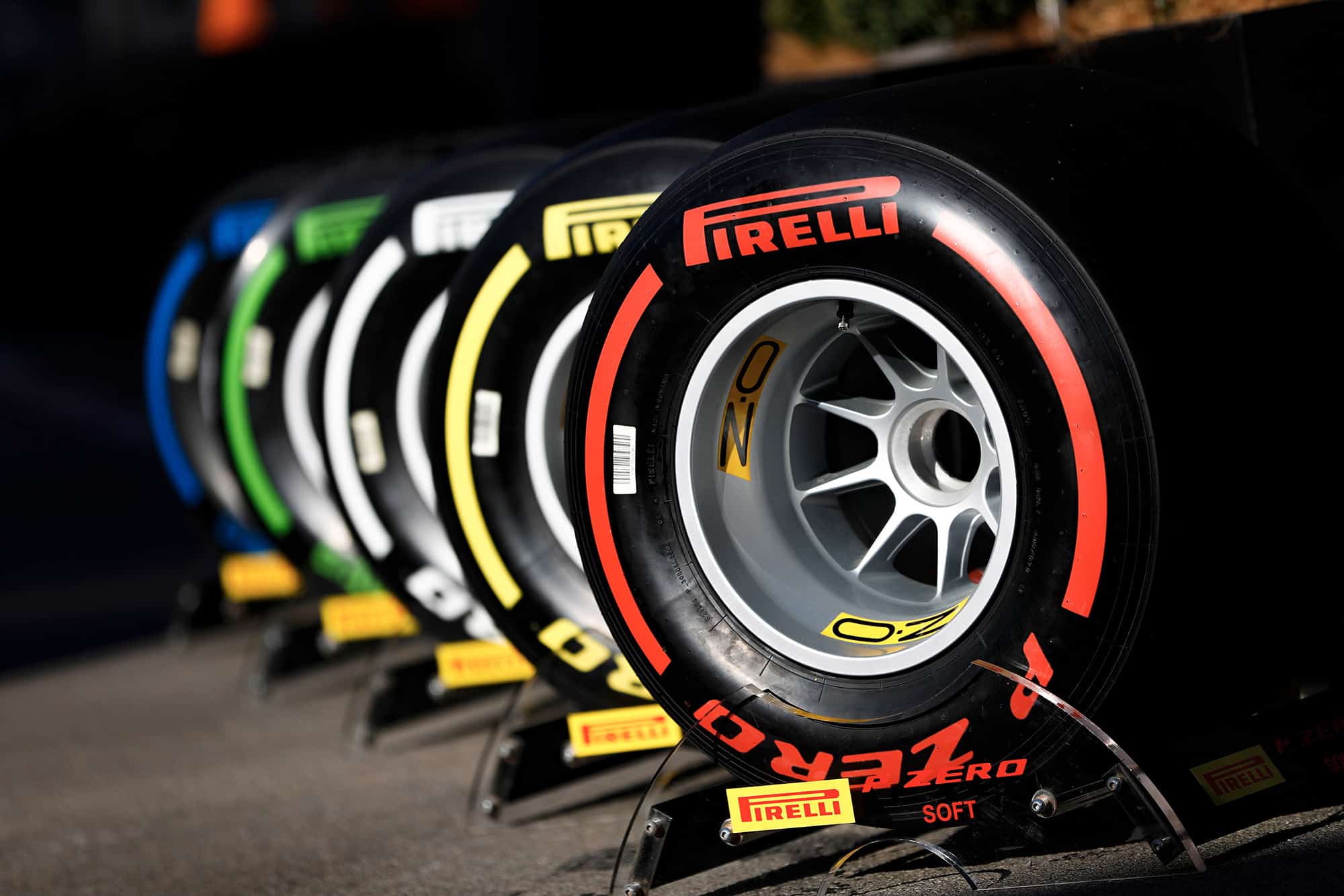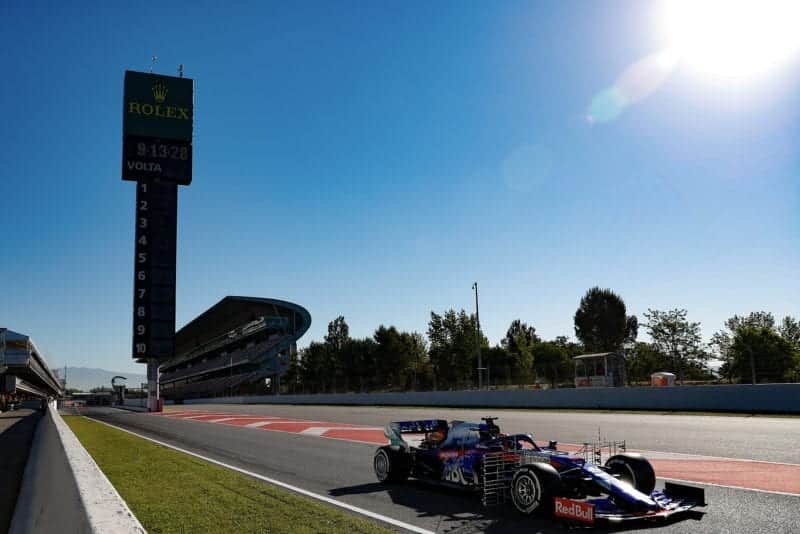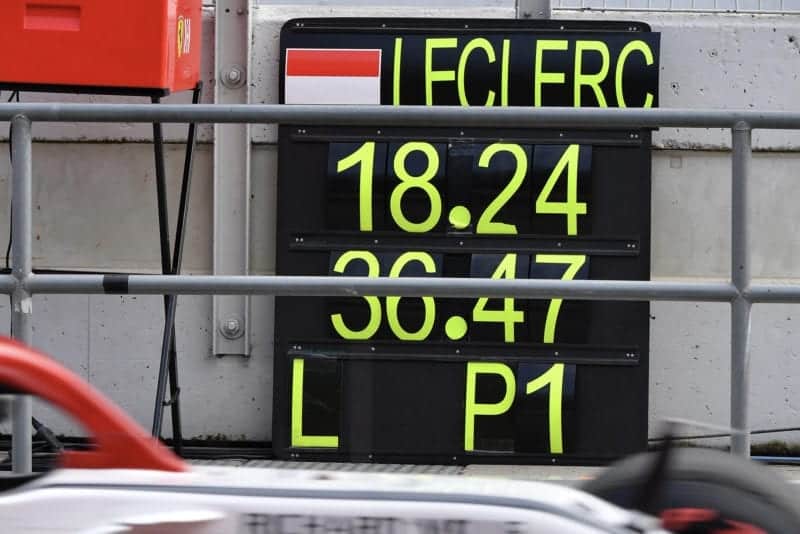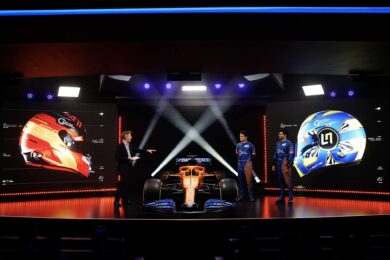Last year, Mercedes only brought its pukka 2019 car to the second week of testing, using just a basic aero package in the first week. This wasn’t some plan to throw the opposition off some supposed scent. It was done to give the aero department more time to find raw performance in the tunnel without the time pressure of readying the car for the first week of the test. In a year when there was a steep learning curve because of the new aero regs, this made perfect sense and Mercedes had the resource to do it. It had deployed exactly the same strategy in 2017, with the new wide body regs. For this year, Mercedes says it will not be doing that, that the stability of the regs mean the development curve in the tunnel is nowhere near as steep.
So in the second week of testing last year, Mercedes spent the first few days doing the usual verification and fine tuning runs. It was only in the last day-and-a-half that we even saw a representative Mercedes pace – whereas the Ferrari had been running close to its full potential for many days by then. Even so, the best Mercedes lap was within hundredths of Ferrari’s best despite having only just got started on performance testing. Couple that with a Ferrari engine problem in Melbourne and a track layout that revealed its front-end aero shortfall in a way Barcelona didn’t, and suddenly Ferrari was 0.6sec off Mercedes. But there was no sandbagging involved. Mercedes hadn’t deliberately sacrificed four days of learning and relevant running just to give a misleading picture to the opposition which then took its foot off the gas and took no further interest in finding more performance. That’s a cartoon version of F1, not the reality.
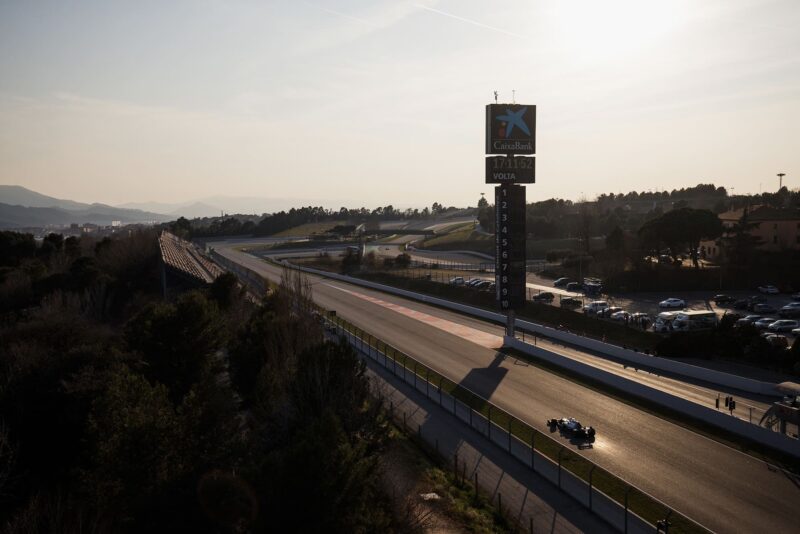
Mercedes left it late last year to show a representative time
Motorsport Images
How do we know fuel loads?
We don’t. But we can easily infer them on a long run. In theory the cars will be built with a tank big enough to house the regulation 110kg maximum of fuel. The grand prix at Barcelona is held over 66 laps. If they ran flat-out the whole race – which they can’t – that would work out at 1.67kg per lap. In reality the reduced pace imposed by tyre degradation and the short-fuelling practices the teams use in anticipation of that means they will use more like 100kg, which makes the average usage around 1.5kg per lap.
If a car does a stint in testing of, say, 20 laps, it may have done that as part of a race simulation, maybe the first stint of a two-stop simulation, maybe the second or the third stint. Obviously there would be a different fuel load for each. But the very least we know is that the car had at least 20-laps-worth of fuel in it – because it actually did 20 consecutive laps. So it therefore had, at the very minimum, 30kg of fuel in it at the start of the run.
We know, with a fair degree of accuracy, the amount of lap time that weight costs on any given track. At Barcelona, each 10kg of weight costs around 0.35sec. So in the case of the 20-lap stint example above, at the beginning of the run the car will have at least 1.05sec-worth of weight penalty (0.35sec x 3 lots of 10kg). For each lap it does in that 20-lap stint we can know its fuel weight relative to the beginning of the stint and so have a theoretical weight penalty for each lap. We can thus weight-correct each lap. We know that the car could do at least that weight-corrected time if it was fuelled only for a qualifying lap. For example:
| Actual | Weight-corrected to 30kg start | |
| Lap 1 | 1min 20.0sec | 1min 18.95sec |
| Lap 2 | 1min 19.8sec | 1min 18.47sec |
| Lap 3 | 1min 19.8sec | 1min 18.785sec |
| etc |
Of course it could be that the car was fuelled for 66 laps when it did that 20-lap run (if it was a replication of the first race stint) or for, say, 40 laps. These will represent huge differences in performances. A car fully fuelled up will be around 2.3sec per lap slower than its single-lap potential, even disregarding engine modes and tyres.
This is where we have to use the fast low-fuel run time as a rough guide. We will know which tyre compound was fitted when any given car did its fastest time. If on a 20-lap run the car is initially running around 2sec slower than that, it’s quite possibly fully fuelled. If it’s running around 1sec slower than its best, it’s probably half-fuelled. It’s only order of magnitude, but in combination with the run patterns (the actual race simulations will be very obvious in their sequences) it gives a realistic idea. When there are lots of such runs (short ones and long) for all of the cars, the picture becomes clearer still.
What about tyres?
